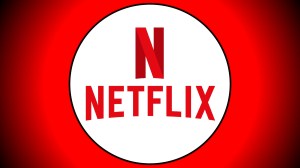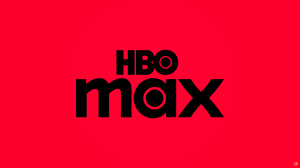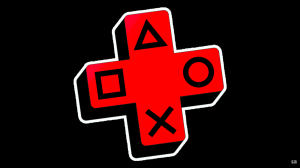Last night, ComicBook.com wrote up some of the best comics of the last 30 years that we’d like to see brought back in new collected editions.
Videos by ComicBook.com
The publisher has been doing an inspired job of bringing a lot of material that had never been previously reprinted back to the market in recent months and years: Using John Byrne’s 1986 reboot The Man of Steel as a jumping-off point, the publisher has released a batch of Superman: The Man of Steel trade paperbacks, the ninth and final of which was just released. That brings fans who either missed the Byrne/Marv Wolfman/Jerry Ordway era right up to the edge of where Byrne left the titles and set the stage for Superman’s Exile storyline.
Now that the The Man of Steel volumes are done, the era dominated by Ordway’s voice rather than Byrne’s will apparently be reprinted in a series of books called Superman: The Man of Tomorrow. Long-running and fan-favorite runs like Nightwing by Chuck Dixon, Azrael by Dennis O’Neill, and Green Arrow by Mike Grell are being released in similar volumes, with Green Lantern: Hal Jordan (collecting Gerard Jones’s early ’90s work) and Batgirl: Stephanie Brown among some of the more recent sightings on Amazon’s advance solicitaitons.
Meanwhile, creators are getting top billing in a series of trade paperbacks like Greg Rucka’s Wonder Woman, Geoff Johns’s The Flash, Kevin Smith’s Green Arrow, The Flash by Mark Waid, and Geoff Johns’s Justice Society of America.
The holes they’re filling are, in many ways, pretty obvious. The trade paperback market for mainstream superhero comics didn’t really emerge until after Watchmen and didn’t come into its own until after The Death and Return of Superman. It wasn’t until the late ’90s and early 2000s that Marvel and DC were regularly collecting and reprinting every book that came out, which means there are decades of pre-Watchmen and years of post-Watchmen work that hasn’t seen the light of day since it was first published in individual magazine format.
The pre-Crisis on Infinite Earths stuff tends to be reissued in treasury editions branded for its era of publication, especially since until around 1975 or so there was rarely much of a tight continuity in DC books, so the volumes don’t read like books but like short story anthologies.
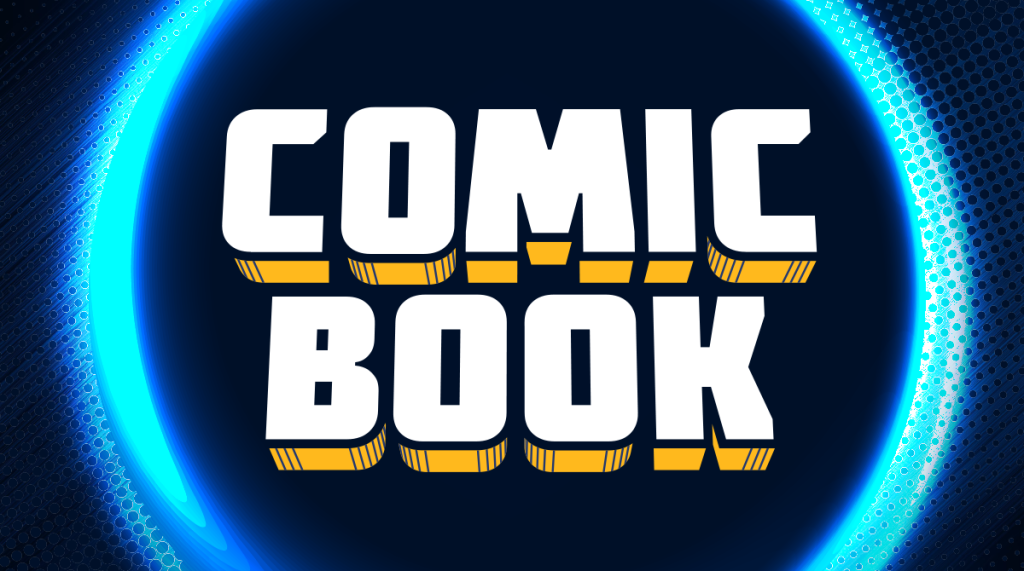
So after taking a look at some of the long historic runs that might be ripe for a series of trades collecting a particular writer’s or era’s look at a character, we figured that some of the short, brilliant runs of that same era also deserved a quick look.
These won’t create a potentially-recurring revenue stream like some of the bigger runs, but it will give audiences who have long hoped to see some of their favorite books collected get a chance to support those books and creators with real dollars.
So read on, and let us know if we missed any of your favorites.
(Or if we missed any that have been solicited/teased. Because we’re totally down with buying any of these that turn out to be hidden somewhere on the internet.)
– – – –
Are you excited for Rogue One: A Star Wars Story? Get your tickets here!

HOURMAN By TOM PEYER And RAGS MORALES

Tom Peyer’s Hourman was one of those comics that spawned fierce loyalty on the part of its relatively small base of readers. The people who were into it — such as Mark Waid, who reportedly bought about a thousand copies of one issue to give away at a convention in the hopes of saving the perpetually-on-the-bubble series — were passionate.
While this series has never been reprinted, the event miniseries that spawned the character — DC One Million — recently got an anthology hardcover from the publisher.
Of course, years of great word-of-mouth and declining audience sizes in comics could make this a pretty easy sell in spite of its relatively small readership
AQUAMAN By DAN JURGENS And STEVE EPTING
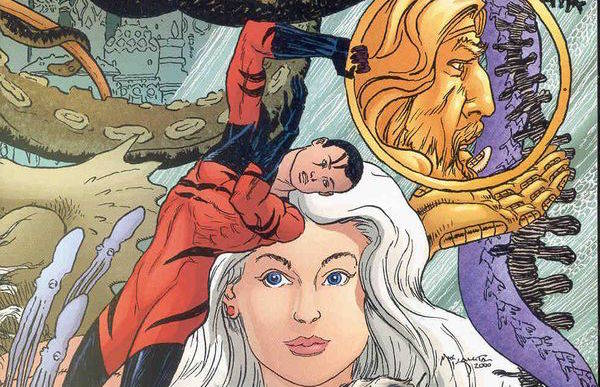
Both Dan Jurgens and Steve Epting are so reliably good, and sell so consistently, that almost nothing either of them worked on for any length of time remains uncollected.
But Jurgens did an excellent run on Aquaman in the ’90s, on which Epting was the artist for nearly the whole time, that deserves another look.
Like Erik Larsen’s run (also probably worth collecting), it was kind of caught in the wake of the Peter David run and the Zero Hour changes, so it’s often overlooked, but it’s a worthwhile look at the character particularly because of the way Atlantis and its characters was dealt with — something that’s pretty consistent with how the current thinking views the culture.
GUY GARDNER: WARRIOR By BEAU SMITH

With Wynonna Earp on the air and getting a ton of year-end acclaim from around the internet, creator Beau Smith’s foray into mainstream DC superhero storytelling deserves a second look.
With its radical departure from the look and feel of its lead character’s previous adventures, Guy Gardner: Warrior was divisive and somewhat baffling when it came out — but it was an incredibly well-done series.
H-E-R-O By WILL PFEIFER

A spin on the recently-respun Dial H for Hero concept, Pfeifer took the H-dial out of the hands of a single, heroic individual and handed it off to a parade of seemingly random folks who all dealt with having powers in a slightly different way.
It was a fun, clever and often heartbreaking book that started out with one of the most poignant and unexpected first issues I can remember in superhero comics. As the series wore on and began to tie into the history of the property, it lagged somewhat but there were still moments of true brilliance in there and it’s hard not to imagine that reconnecting Robby with the H-Dial and bringing all of the “heroes” together was something done mostly to bring down the curtain on the series, and not because Pfeifer was looking to create a superteam out of it.
So far only the first arc (arguably Pfeifer and Kano’s best work) has ever been available in collected editions.
TEEN TITANS By DAN JURGENS And GEORGE PEREZ

After the death and rebirth of Superman, and the reinventions of Wonder Woman, The Flash, Green Lantern, and Aquaman, somebody decided it was the Teen Titans‘s turn.
Longtime The New Teen Titans artist George Perez teamed with veteran writer/artist Dan Jurgens to create a whole new generation of teen heroes, led by a then-teenaged-because-of-a-time-anomaly Ray Palmer.
This series has its fans — and we’re among them — but the biggest reason this ought to be reprinted (aside from its impressive pedigree) is the fact that it signaled the start of a major period of change in the way the Teen Titans as a property were handled, and there’s really no document of that period in the franchise’s history at this point.
GREEN LANTERN: MOSAIC

For 18 issues, Gerard Jones, Cully Hamner, and a handful of other creators gave Green Lantern John Stewart his own ongoing title, set in the “Mosaic” of Oa.
At the time, a villain had kidnapped a number of cities from around the universe and forced their inhabitants to live on one world and coexist. A shorthanded Green Lantern Corps could basically only spare Stewart to hel keep the peace, and what came as a result was both a good superhero comic, and a smart rumination on race and culture.



